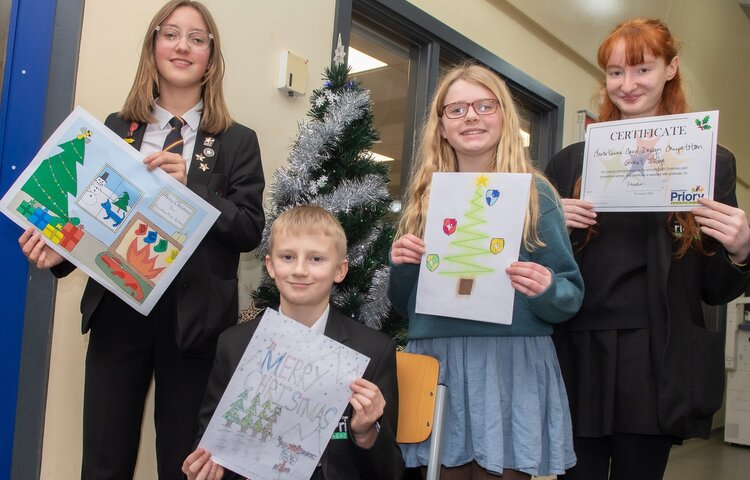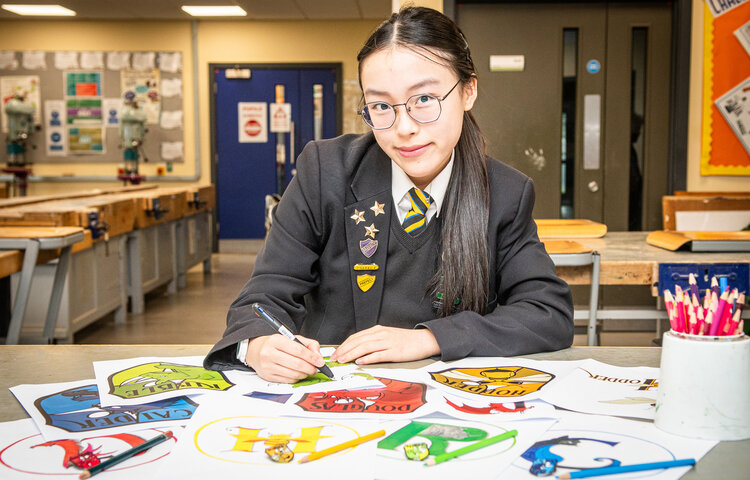Art & Design
Intent
Our Art curriculum is designed to inspire and empower students to become confident, creative, and reflective individuals who can express themselves and respond thoughtfully to the world around them. We believe that art is a vital component of a broad and balanced education, fostering not only creativity and imagination but also critical thinking, resilience, and an appreciation of cultural diversity.
Our intent is to:
1. Cultivate Creativity and Expression
Encourage all students to explore and develop their own artistic voice, providing opportunities to experiment with a wide range of techniques, materials, and processes. Through this, students will build confidence in expressing their ideas, emotions, and perspectives.
2. Develop Skills and Knowledge
Equip students with a solid foundation in artistic skills and theoretical understanding, including drawing, painting, sculpture, and digital media, as well as an appreciation of art history and contemporary practices.
3. Foster Critical Thinking
Promote analytical and evaluative skills by encouraging students to critically reflect on their own work and the work of others. Students will explore how art communicates meaning, influences society, and responds to cultural, political, and social issues.
4. Celebrate Diversity and Inclusion
Ensure students study a broad spectrum of artists, movements, and traditions from different cultures and time periods, reflecting the diverse society in which we live.
5. Support Personal Growth
Encourage students to take risks, learn from mistakes, and build resilience through the creative process. Art provides a platform for self-discovery, mindfulness, and well-being, supporting students’ overall personal development.
By the end of their Art education, our students will be equipped with the skills, knowledge, and confidence to pursue further artistic study, appreciate the value of creativity in various careers, and engage with the visual arts as informed, thoughtful citizens. Our aim is to nurture a lifelong appreciation of the power of art to enrich lives and shape the world.
Art & Design Curriculum
Attainment and Progress (national tests and assessments)
2024 GCSE Art and Design Outcomes
|
Subject |
9 - 7 % |
9 - 5 % |
9 - 4 % |
|
Art and Design |
100 |
n/a | n/a |
Art & Design Reading Impact Statement
Where can studying Art take you?
Related News
Christmas Card Competition Winners 2025
It was the first time a digital entry has won this competition which had to be a winter or Christmas theme with a link to Priory.
A Creative Legacy For Agnes With New House Designs for Priory
Class of 2025 Agnes has used her artistic talents to create new logos for our four Houses.



